Animal-Themed Halloween Movies
Reimagining Halloween through the lens of animals and empathy
Every October, I cue up the scary movies just like everyone else—but as I’ve always done—I’m here to invite a perspective that treats films as mirrors of our relationship with other animals. This piece gathers Halloween-ready films through that lens. This article is one of many in my Halloween series, which also includes:
Homemade Halloween Treats (For Trick-or-Treaters or to Enjoy at Home)
Black Cats and Halloween: History & Lore (Coming up)
What Halloween Films Teach Us About Ourselves and Other Animals
While I tend to equate Halloween with harvest and not horror, this is the time of year when many of us cue up scary movies—and I’m one of them. However, I also can’t resist using a cultural tradition like Halloween to look at how animals show up in our human stories. If you’re a Food for Thought Podcast listener, you know I explore this theme again and again—animals in our language, animals in film, animals in art—and what it reveals about our perception of animals and our treatment of them.
Halloween-appropriate films are no exception.
Personally, I’m not a fan of the horror genre. Ghost stories? Thrillers? Suspense? Mysteries? All fine. Horror, slasher, torture? No thanks. And trust me: I don’t recommend films where animals were harmed. (Some harmful portrayals and myths do persist—and I name them below.) Still, these picks may surprise you—they challenge assumptions, spark empathy, and say something real about our relationship with other animals.
Animals as the Villains
Let’s get this category out of the way: the countless films that cast animals as stalking, attacking “villains.” I regret how much fear and misunderstanding they’ve fueled. Still, a few are worth noting—despite the flawed premise—because they’re exceptionally well-made and enduring.
Jaws (1975)
Jaws definitely gave sharks an enduringly bad reputation. Even Steven Spielberg expressed regret about Jaws’ impact on sharks, and Peter Benchley, who wrote the novel, later became a shark-conservation advocate and said he wouldn’t have written Jaws had he known the harm it would cause.
Still, Jaws is also one of the best films ever made—and still one of my favorites. Celebrating its 50th anniversary (!), we recently watched it with all of our travelers on our yacht in Croatia, and it is still just a perfect film: the dialogue, the pacing, the characters, the suspense. It’s brilliantly written, acted, and directed—proof that a film can be both deeply flawed in its message and flawless in its craft.
The Birds (1963)
Even now, decades later, people reference The Birds whenever they see a large group of birds gathering ominously. I’m pretty sure it’s still responsible for giving crows a bad reputation. It was filmed not far from where I live, so it’s fun to revisit. The premise: a wealthy San Francisco socialite pursues a potential boyfriend to a small Northern California town that slowly descends into chaos when birds of all kinds begin attacking people.
Pet Sematary (1989)
Another film that fits this category—at least loosely—is Pet Sematary, based on the Stephen King novel. (King has said it’s the one that scared him the most.) I saw the 1989 version when I was younger, and it definitely scared me. I probably wouldn’t watch it again, but I think it holds up as a Halloween movie. The story begins with the death of a beloved family cat, whose resurrection under dark circumstances sets off a chain of horror. The cat isn’t the main terror, but he’s part of it—and it all starts with him.
Cujo (1983)
Based on Stephen King’s 1981 novel, Cujo centers on a friendly St. Bernard who becomes rabid after a bat bite. It’s not that Cujo is evil—he’s sick—and the film captures the horror of a once-beloved pet transformed by disease. Certainly not one of the best films every made, I do think it’s an effective, claustrophobic thriller that still works today.
Human–Animal Violence Parallels
Moving on to films that draw connections between violence toward humans and violence toward animals.
The Silence of the Lambs (1991)
There aren’t any animals harmed in the film, but there is an allusion to animals being killed. And I think that’s one of the things that makes a really good horror movie: the mention of violence rather than depicting it explicitly. The animal-related horror in this film is in the title itself, and I’ll say no more. I will recommend it, even though it was right on the edge for me in terms of what I’m able to watch—and what images have lingered. Great cast, great directing, a really good film that holds up.
The Texas Chain Saw Massacre (1974)
You couldn’t pay me enough money to watch this movie; however, for those who can stomach it, it’s an important entry in this category. Director Tobe Hooper intentionally paralleled the torture and slaughter of humans with that of animals. He’s quoted as saying, “It’s a film about meat,” and he even gave up eating meat during production. Critics have called it “the ultimate pro-vegetarian film,” since it flips the roles—humans become the ones slaughtered like farmed animals.
Wallace and Gromit: The Curse of the Were-Rabbit (2005)
Yes, this one! The stop-motion film from Aardman Animations is technically a comedy, but its creators have called it “the world’s first vegetarian horror film.” Wallace and Gromit, pest-control agents for “Anti-Pesto,” try to save a village’s vegetable competition from rabbit destruction. It’s clever, heartwarming, and a great Halloween film for all ages.
28 Days Later (2002)
In this apocalyptic film, research chimpanzees infected with “rage” are released from a lab, causing a viral outbreak that gives humans a taste of their own medicine. If you like zombie or outbreak films, this is a fantastic one. Cillian Murphy and Brendan Gleeson star—both excellent—and it’s a great blend of horror, social commentary, and heart.
Humans Are the Real Monsters
This category could arguably apply to all horror films, but here are a few that particularly fit the theme.
King Kong (1933, 1976, 2005)
I think all three versions are worth watching—the 1933 with Fay Wray, the 1976 with Jeff Bridges/Jessica Lange (my favorite), and even Peter Jackson’s imperfect 2005 version. It’s not a stretch to say that, in the end, even though the giant gorilla is framed as the menace, he behaves as he does because he’s misunderstood, mistreated, kidnapped, and exploited by humans—i.e., he kills people. In both the ’76 and 2005 versions, when there’s any consciousness to his killing beyond incidental rage, he targets those most responsible for his tragic plight. Definitely a great Halloween pick, a classic to share with kids, and a great conversation starter about animal exploitation.
Frankenstein (1931)
Frankenstein appears here in our monster/Halloween lineup for obvious reasons—but what, you might ask, does it have to do with animals? I’ve got an entire podcast episode on Mary Shelley’s classic that dives into the vegetarian/compassion angle, so if you want more on that, give it a listen.
In short: Victor Frankenstein’s ambition leads him to create life, and he regrets it almost the moment the creature is animated. The creature escapes, seems to go on a murderous rampage, and then Shelley flips the script—we hear the story from the creature’s perspective. This “animal-like” being turns out to be more compassionate than his human creator, who is, in the end, the real monster.
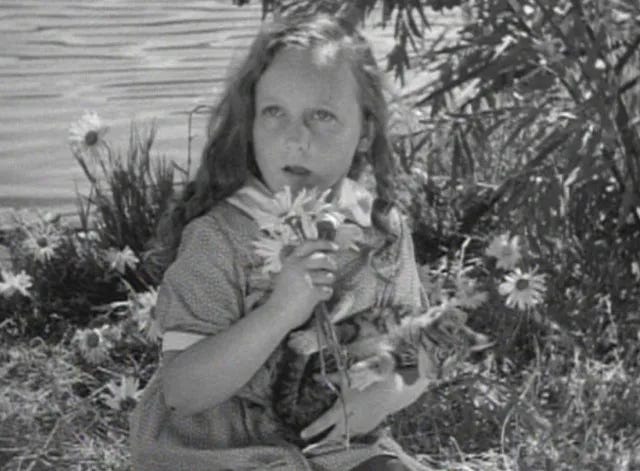
First, I highly recommend the novel. As for film versions, James Whale’s 1931 Frankenstein is still my favorite—full of heart, with Boris Karloff’s creature deeply sympathetic, and I’m especially excited about Guillermo del Toro’s upcoming Frankenstein adaptation (November 2025)!
The Elephant Man (1980)
Though not about an animal per se, this film belongs here. David Lynch’s classic tells the story of John Merrick, a severely disfigured man exhibited as a “freak” in 19th-century London. The parallels between Merrick’s treatment and that of non-human animals—both caged, objectified, and stripped of dignity—are powerful, and Lynch doesn’t shy away from it in the least. The cast (John Hurt, Anthony Hopkins, Anne Bancroft, and others) is superb. It’s one of those rare films that’s haunting, humane, and unforgettable.
White God (2014)
This Hungarian film, directed by Kornél Mundruczó, is extraordinary—a mix of realism, allegory, revenge, and coming-of-age. It follows a dog named Hagen, abandoned by his person and subjected to horrific abuse before rising up with other dogs against their oppressors. It’s harrowing and deeply moving. I devote an entire podcast episode to this film and the ethics of using real animals in filmmaking.
Eyes Without a Face (1960)
This French classic by Georges Franju tells the story of a surgeon who kidnaps young women to harvest their skin and restore his daughter’s disfigured face. The parallels between human and animal experimentation are unmistakable. Criterion’s edition includes Franju’s earlier short, Blood of the Beasts (1949), a disturbing documentary shot inside Paris slaughterhouses—an unflinching look at everyday brutality normalized by society.
The Animal Within
This category explores transformation—the blurred boundaries between human and animal nature.
The Fly (1986)
There are two versions of The Fly: the 1958 original starring David Hedison and Vincent Price, and David Cronenberg’s 1986 remake with Jeff Goldblum and Geena Davis. I’ve seen both, but Cronenberg’s version is my favorite. It’s tragic, emotional, and strangely tender—a perfect Halloween film that leans more sci-fi than horror.
Cat People (1942)
Another film where the line between animals and humans blurs. It’s the 1942 Cat People directed by Jacques Tourneur (who also made the noir favorite Out of the Past) and starring the captivating Simone Simon.
Cat People follows an American man who marries a Serbian immigrant who fears she’ll turn into the cat person of her homeland’s fables if they become intimate. (And yes, there’s an undeniable “othering” here—of the foreign/Balkan figure cast as quasi-animal.) Still, if you like oldies, this is a good one. I recommend it with the caveat that it perpetuates negative stereotypes about cats—sneaky, devious, associated with the devil. The 1982 Paul Schrader remake with Nastassja Kinski and Malcolm McDowell isn’t terrible—just more sexually charged than the original.
Pan’s Labyrinth (2006)
Directed by Guillermo del Toro, this one has images that have stayed with me. I may be stretching it to include it here, but beyond the fantasy creatures there’s the animal-like Faun—a goat-like figure with horns and milky eyes—the “pan” in the Spanish title (The Labyrinth of the Faun). Beautiful, eerie, and perfect for Halloween, it’s set in Spain in 1944 (early Francoist period), weaving the real world with a mythic labyrinth and the Faun who meets Ofelia. I’ll leave it there and let you watch.
The Thing (1982)
My final recommendation in this category. The entire movie isn’t about human–animal transformation, but there’s one scene—truly creepy—that qualifies it here. Plus, this movie is just really good. There’s the original The Thing (1951), but the superior one is John Carpenter’s remake: an “Alien”-like setup—a group of researchers trapped in Antarctica—mixed with Invasion of the Body Snatchers, as a disgusting creature assumes the identity of those it devours. Claustrophobia? Inventive effects? Even your friends may not be your friends? This one has it all, including a gorgeous Kurt Russell. 😀
I’d love to know what you think. Share your thoughts or your own animal-themed Halloween movie picks in the comments below.
Additional Resources
👉 Connect with me 1:1 – Get personalized guidance whatever you are looking for.
👉 Read A Year of Compassion – Daily inspiration to help you live with intention, kindness, and clarity.
👉 Travel with me! I host animal-friendly, luxury, all-inclusive vegan trips around the world, specifically curated to ensure high-quality, high-touch premium experiences. Check out our upcoming trips, and let me know if you have any questions.
👉 Check out my Recipe E-Books and my library of On-Demand Cooking Classes for recipes.





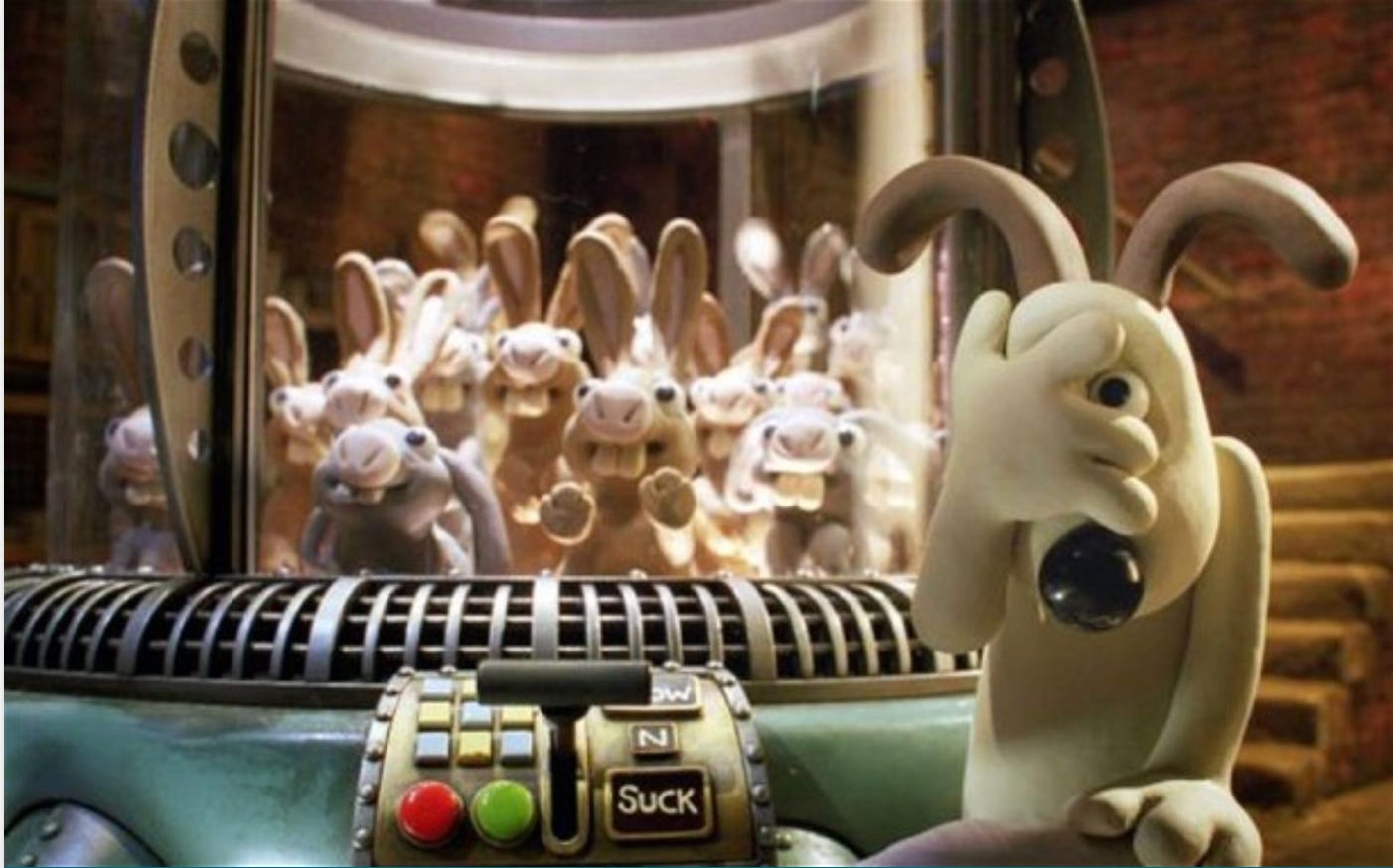
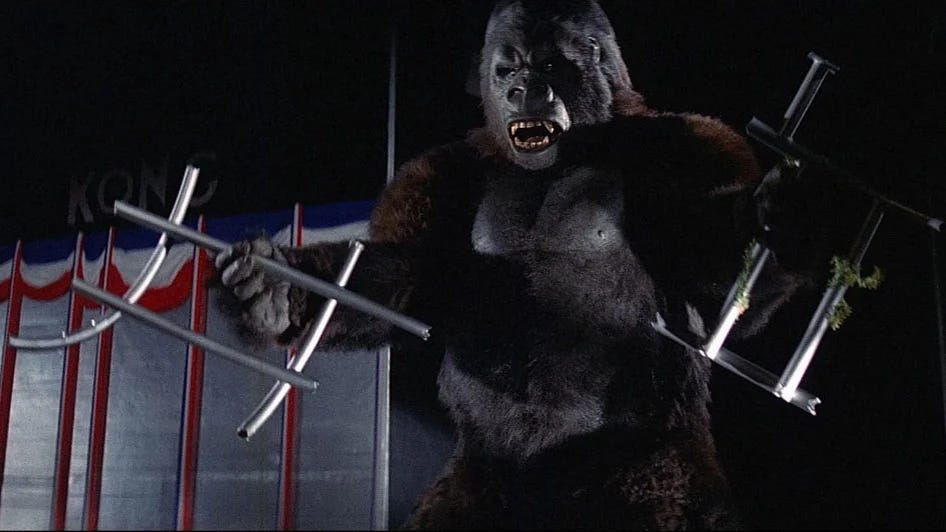
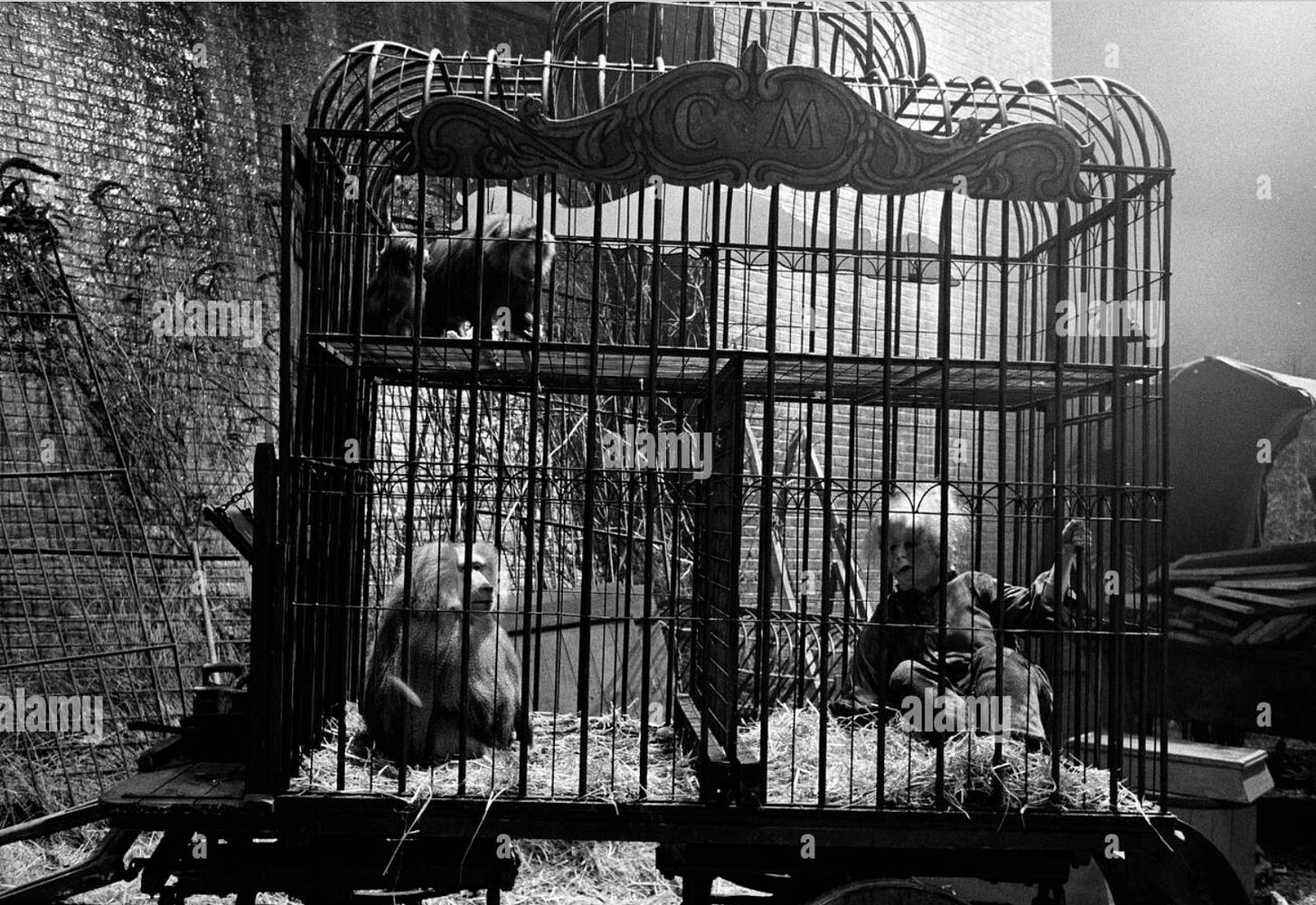
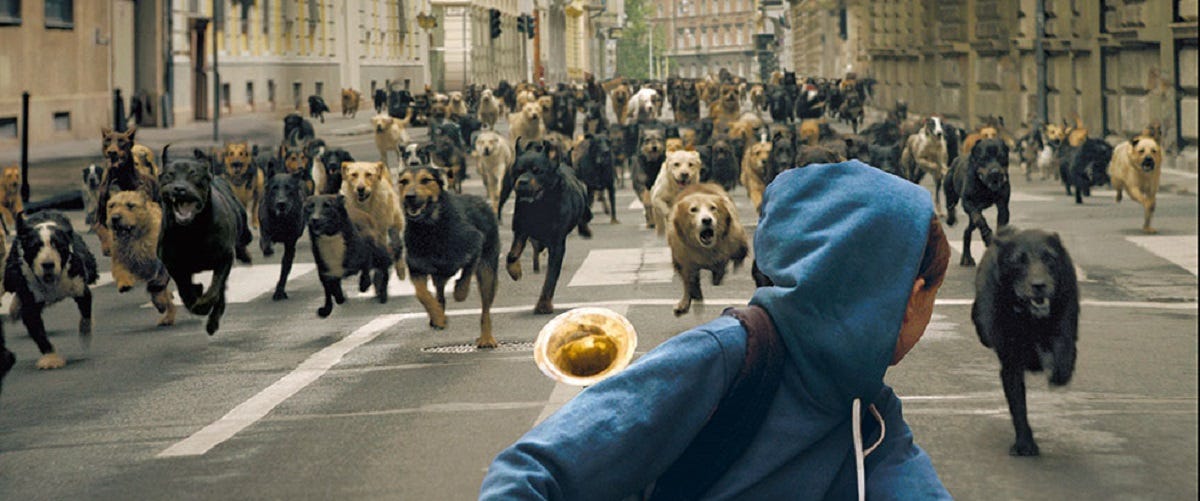

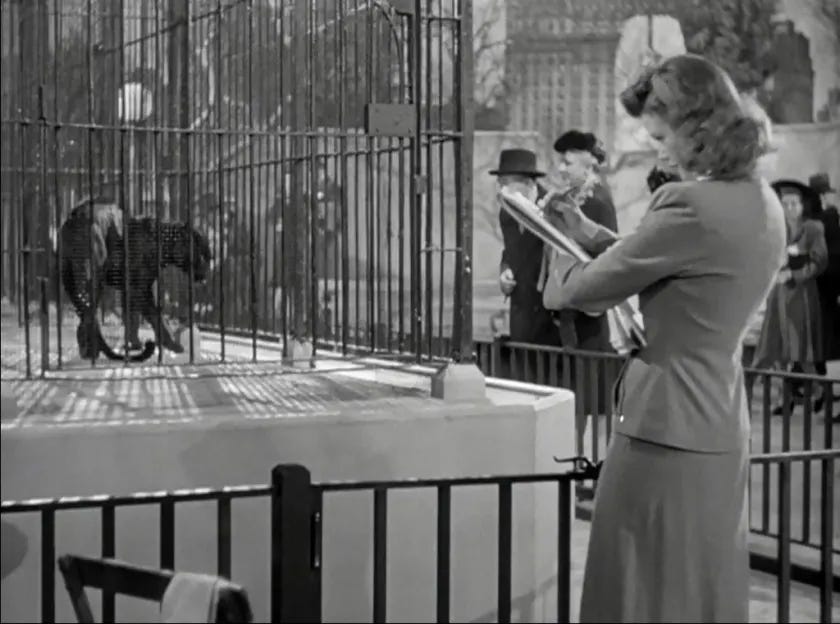
I love this list, so fun! Excited for the new Frankenstein 🧌